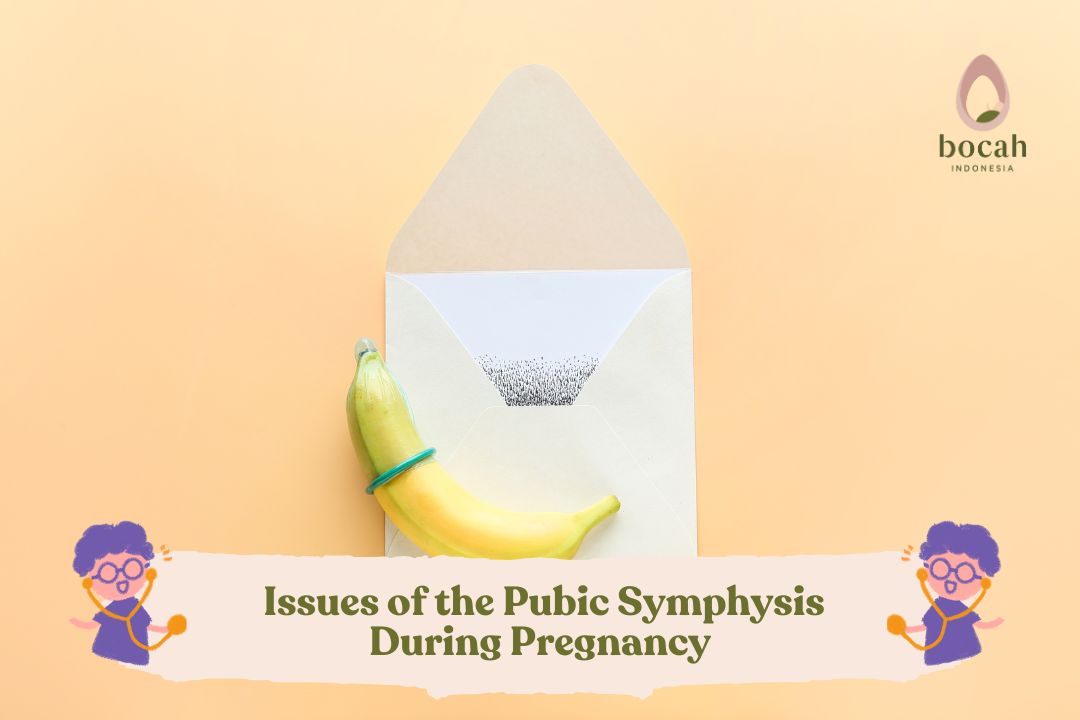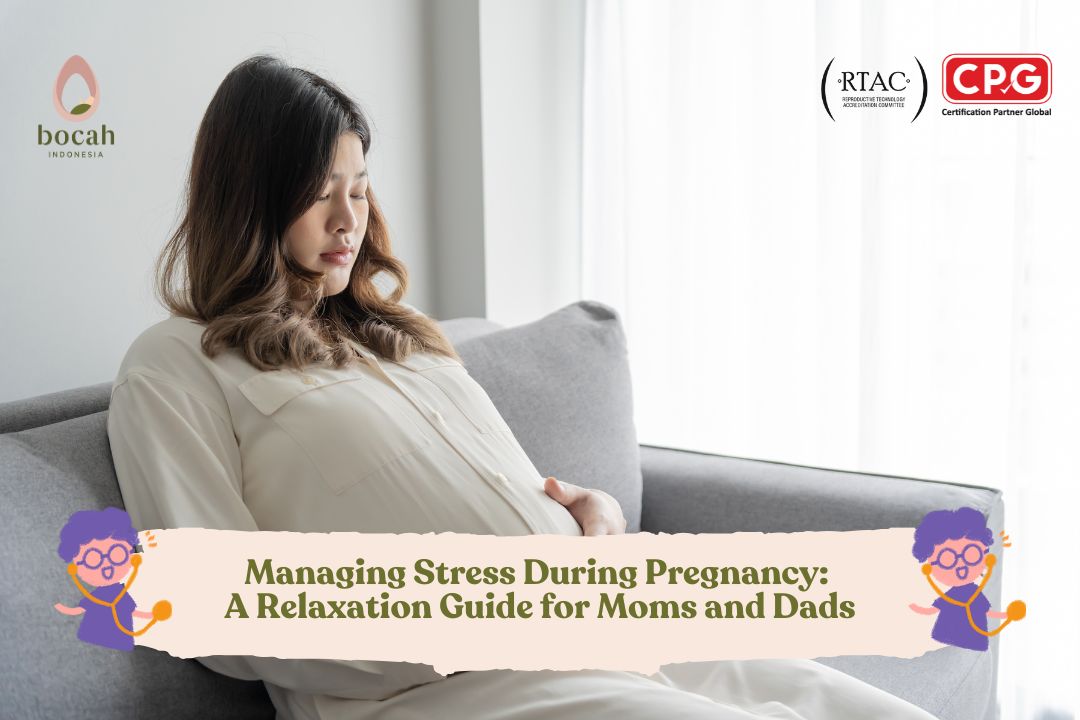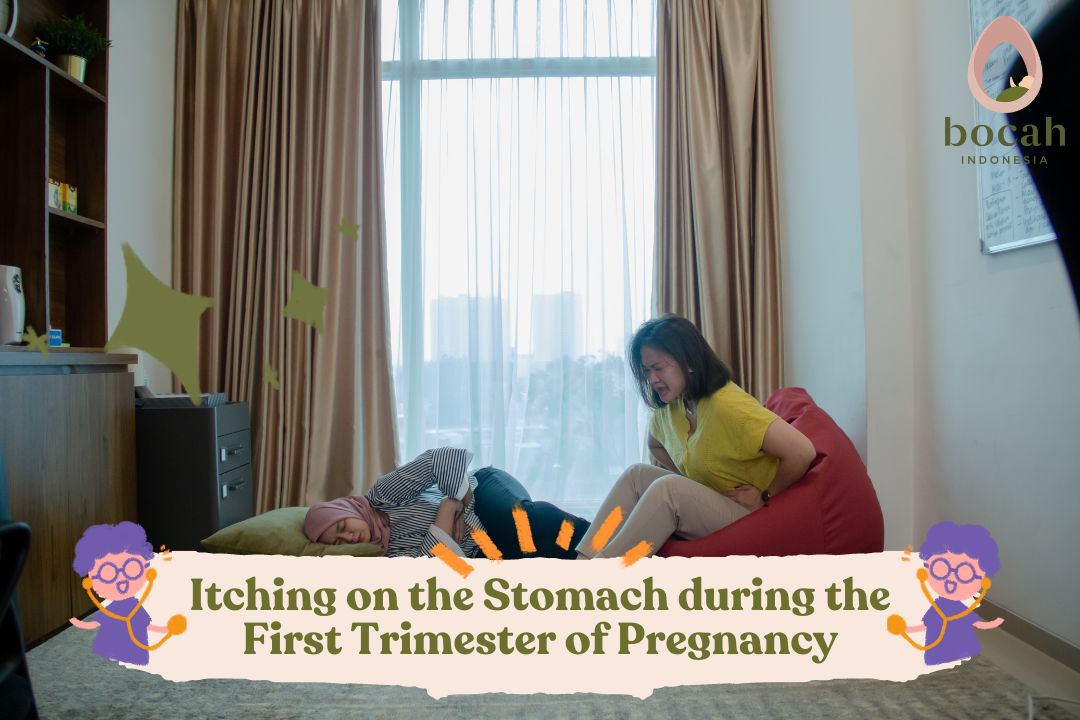Understanding the Role and Issues of the Pubic Symphysis During Pregnancy

During pregnancy, the body undergoes various changes to prepare for childbirth. One important area that supports this process is the pubic symphysis. This article will discuss the function of the pubic symphysis, signs of potential issues, and how to manage and prevent pubic symphysis dysfunction (SPD) for a more comfortable pregnancy.
What is the Pubic Symphysis?
The pubic symphysis is a joint located between the pelvic bones. This joint consists of a fibrocartilage disc that allows for flexible movement and is capable of withstanding tension and pressure. During pregnancy, this joint plays a crucial role in enabling the pelvis to move more freely during delivery.
As pregnancy progresses, the hormone relaxin is released to loosen the body’s joints and ligaments. This process allows the pubic symphysis to become more flexible, making it easier for the baby to pass through the pelvis during birth. However, this loosening can sometimes lead to instability in the pubic symphysis, causing pain or discomfort.
Signs of Pubic Symphysis Issues
Pain in the pelvic area, especially around the pubic symphysis, may indicate a condition known as Symphysis Pubis Dysfunction (SPD). Symptoms of SPD include:
- Hot, sharp, or stabbing pain in the front or back of the pelvis
- Discomfort or pain radiating to the hips, thighs, buttocks, or lower back
- Clicking or grinding sensations in the pubic area, especially when spreading the legs or changing positions
Certain movements, such as climbing stairs, sitting for long periods, or standing on one leg, often worsen symptoms. SPD pain can range from mild to severe and may be felt on only one side of the pelvis or spread to other areas.
Tanya Mincah tentang Promil?
Causes of Pubic Symphysis Dysfunction
Pubic symphysis dysfunction is often caused by the loosening of ligaments and pelvic muscles due to hormonal changes during pregnancy. Contributing factors include:
- Relaxin Hormone: During pregnancy, the body produces the hormone relaxin, which makes pelvic joints more flexible. While beneficial for childbirth, this loosening can cause instability in the pubic symphysis.
- Baby’s Weight and Position: As pregnancy progresses, the baby’s weight and position can add pressure to the pelvis, exacerbating SPD symptoms.
- Other Causes Outside of Pregnancy: SPD may also result from pelvic injuries or osteoarthritis affecting joint stability, though this is less common outside of pregnancy.
Does SPD Pose Risks to Pregnancy?
SPD does not directly harm the baby, but prolonged pain can impact a mother’s emotional and mental well-being, potentially affecting overall well-being during pregnancy. Most women with SPD can still deliver normally. However, SPD symptoms generally subside after childbirth.
Ways to Reduce Pubic Symphysis Pain
Several effective methods for relieving pain and discomfort from pubic symphysis dysfunction include:
- Physical Therapy: A physical therapist can help reduce pain, strengthen muscles, and stabilize pelvic joints with targeted exercises for pelvic floor, back, abdominal, and hip muscles.
- Hydrotherapy: Exercising in water reduces pressure on joints and allows for easier movement.
- TENS (Transcutaneous Electrical Nerve Stimulation): For severe cases, TENS therapy or a pelvic support belt can provide pain relief.
Activities to Avoid
Certain activities can worsen pubic symphysis pain. Consider avoiding:
- Standing on one leg
- Twisting the body while lifting weights
- Carrying on the hip or crossing legs when sitting
- Lifting heavy loads or sweeping floors with high intensity
If the pain worsens, consult a doctor for appropriate treatment.
Preventing Pubic Symphysis Issues During Pregnancy
To prevent or reduce the risk of SPD during pregnancy, consider the following preventive measures:
- Exercise Regularly: Light pregnancy-safe exercises, such as yoga or Pilates, can help strengthen pelvic muscles.
- Use a Support Pillow: Sleeping with a specially designed pillow can help reduce pelvic tension.
- Consult Health Professionals: Consult a physiotherapist for guidance on safe exercises and movements.
Conclusion
The pubic symphysis plays an important role in preparing the body for childbirth. However, this area can also cause discomfort for some women during pregnancy. It is essential to recognize SPD symptoms and consult healthcare providers if painful symptoms arise. With proper care, pregnancy can be more comfortable.
Sources:
- Becker, et al. (2010). The adult human pubic symphysis: a systematic review. Journal of Anatomy, 217(5): 475–487.
- Cleveland Clinic. (2022). Pubic Symphysis.
- WebMD. (2022). Pubic Symphysis: What to Know.
- Healthline. (2023). What Is Symphysis Pubis Dysfunction?










